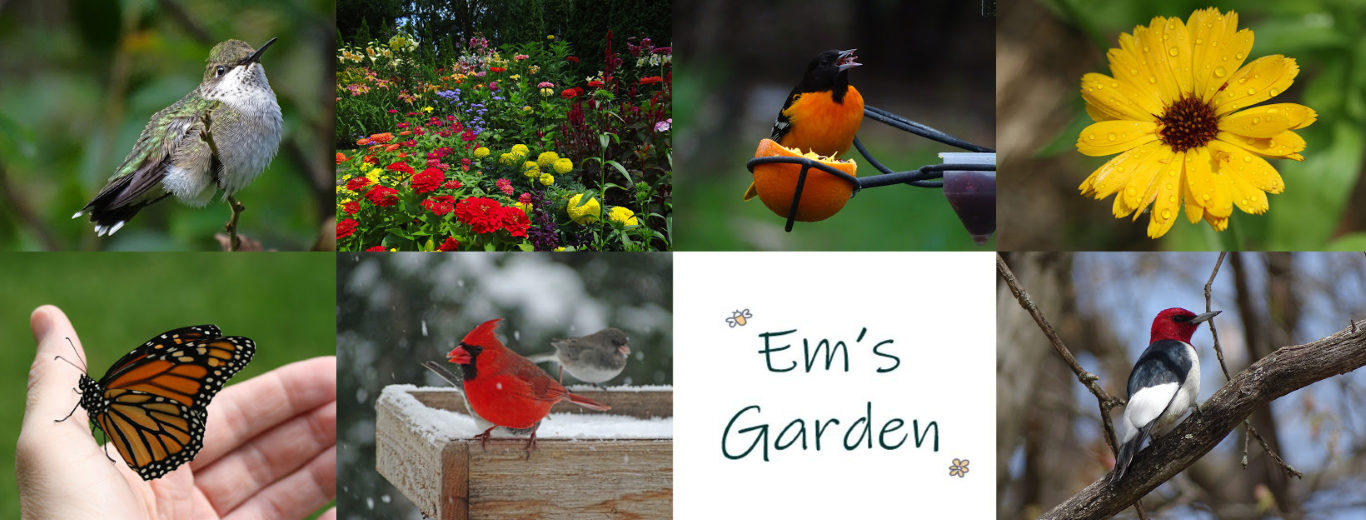Once upon a time there was a coreopsis that thrilled gardeners with its ruby-red flowers and promise of drought-tolerance and low maintenance. It was sold in garden centers all over the United States—even in the north because it was supposed to be able to survive winters in Zones 4-10. However the fairy tale soon came to a screeching halt when ‘Limerock Ruby’ couldn’t even bear a Zone 5 or 6 winter. It was a huge disappointment and many sellers now identify it as a “tender” perennial that should only be planted in Zones 8-10.
I thought back to my frustrating ‘Limerock Ruby’ experience when I learned about a new red coreopsis. People are saying nothing but glowing things about ‘Mercury Rising.’
The flowers are also ruby-red and have a lovely contrasting golden-orange eye. ‘Mercury Rising’ grows 15 to 18 inches tall and has been thoroughly tested for hardiness. It’s classified for Zones 5-9 (and may even survive Zone 4 winters with snow cover). Déjà vu? Thankfully ‘Mercury Rising’ descends from rosea (hardy perennial) coreopsis rather than tinctoria (annual) coreopsis like ‘Limerock Ruby’ did. I decided to put my bad red coreopsis experience behind me and take a chance on the newcomer.
Besides the beautiful, dark-red flowers ‘Mercury Rising’ boasts a very long blooming season for a perennial. Flowers appear in early summer and continue into autumn. My plant started blooming in mid-June and it’s still going strong. In rich soil the plants may flop out from the center and need a little support, or you can sheer them back. So far my plant hasn’t needed any staking or sheering.
Its short stature makes ‘Mercury Rising’ a perfect first or second-row plant. Gold and orange-flowering neighbors make lovely companions and draw out the gold eye. The flowers also blend nicely with purples and some shades of pink.
I’m not ready to declare ‘Mercury Rising’ a smashing success until I see it pop out of the ground again next spring. I did plant it in my front yard where I lost a number hardy and apparently not-so-hardy perennials last winter, so I’m really putting the plant to the test. I’ll share more thoughts next spring, but for now I’m cautiously optimistic about this rich-red beauty.



